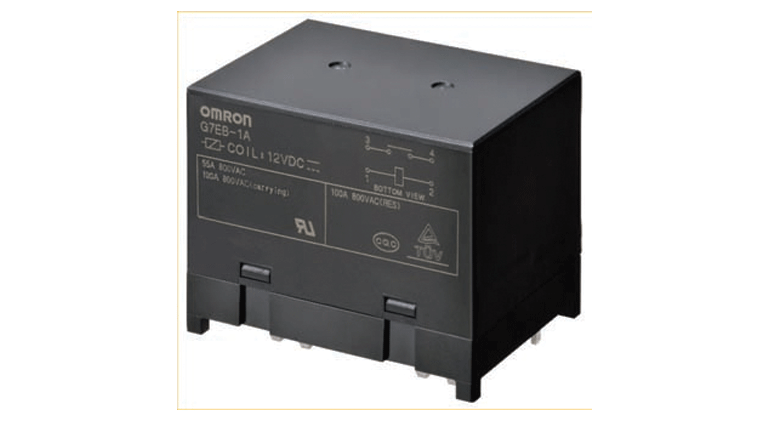Make Solar Solutions More Affordable
By EPR Magazine Editorial August 10, 2020 11:47 am IST
By EPR Magazine Editorial August 10, 2020 11:47 am IST

At the micro level, one of the most notable challenges is cost effectiveness. Solar PV, especially, still needs to gain effective cost competitiveness in order to compete well and be at par with other energy generation technologies.
With the rising demand of energy (expected to reach 15,820 TWh by 2040), renewable energy is set to play a very important and vital role for India’s economic and overall development. IBEF reports indicate that renewable energy is expected to account for 55 per cent of the total installed power capacity by 2030 with a capacity of around 500 GW.
The mention of renewable energy is incomplete without talking about the solar energy. India is recognised as the third largest market for solar. The country aims for installing 100 GW of solar capacity by 2022.
Not only domestic, solar energy can play a significant role in the industrial segment too especially the energy-intensive industries which require large amount of electricity to run heavy equipment and enable heating &cooling systems. These industrial activities have a huge potential to be replaced by a solar energy source leading to significant saving in cost as well as ecological burden in the long run.
Looking at the sector’s evolution and its adoption in the industrial as well as domestic sphere, it seems there is a considerable progress over the last few years. However, still there is a long way to go. The segment faces many macro and micro level challenges. Lack of steady stream of investments is one of the macro challenges to help flourish the sector in the desired manner. The sector has not been able to attract a significant FDI and so it’s more dependent on domestic investments. The domestic manufacturing ecosystem is yet to become strong and lessen its dependence on imports for capacity addition.
At the micro level, one of the most notable challenges is cost effectiveness. Solar PV, especially, still needs to gain effective cost competitiveness in order to compete well and be at par with other energy generation technologies. This quest towards cost effectiveness, is a collated impact of all the stages involved in the supply chain, however, looking at it closely, it arises right from the product level. The whole design of the product impacts the cost effectiveness significantly. For an instance, one of the most difficult challenges faced by the renewable energy equipment makers (read PV and EV) is to deal with this heat emission and heat dissipation. This leads to not only higher costs but also fire hazards, frequent maintenance, reduced warranty and even total system failures.
Values generated by OMRON’s relays for PCBsAuthored by:
Manoj Kodakkatery,
Manager Business Development,
OMRON Electronic Components Business Division, India
We use cookies to personalize your experience. By continuing to visit this website you agree to our Terms & Conditions, Privacy Policy and Cookie Policy.